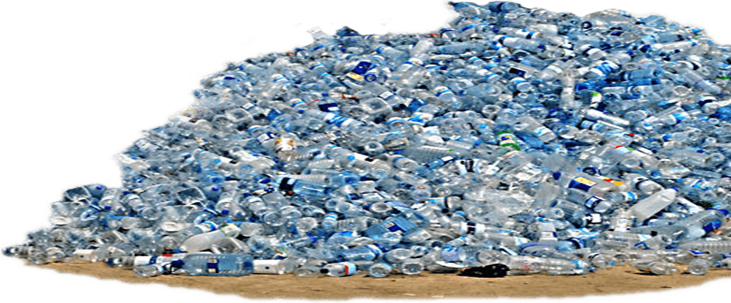The Influence of Material Structure, Alloying, and Welding Defects on Mechanical Behavior and Failure Mechanisms in Metals
Introduction
Understanding the behavior of materials under various
conditions is critical in fields like structural engineering, manufacturing,
and aerospace. This report investigates the effects of alloying elements,
welding defects, and external forces on the microstructure and mechanical
performance of ferrous and non-ferrous metals.
Material Structure and Alloying Effects
Influence of Carbon in Steel
Carbon is the principal alloying element in steel,
significantly affecting its crystal structure and mechanical properties. In
low-carbon steels, the microstructure remains predominantly ferritic, offering
high ductility and toughness. As carbon content increases, the steel becomes
harder and stronger due to the formation of pearlite and martensite phases, but
ductility decreases.
Effects of Alloying in Non-Ferrous Metals
- Aluminum
Alloys: Alloying with elements like copper, magnesium, and silicon
improves strength through mechanisms such as solid solution strengthening
and precipitation hardening.
- Copper
Alloys: Additions of zinc (brass) or tin (bronze) enhance corrosion
resistance and mechanical strength.
- Nickel
Alloys: Nickel enhances high-temperature strength and corrosion
resistance, making it ideal for harsh environments.
- Titanium
Alloys: With high strength-to-weight ratio and excellent corrosion
resistance, alloying elements such as aluminum and vanadium further
improve performance.
Mechanical Properties and Welding Effects
Strength, Ductility, and Hardenability
Welding alters the mechanical properties of metals by
introducing thermal cycles that cause microstructural changes. The
heat-affected zone (HAZ) often exhibits different hardness and ductility
compared to the base metal and weld metal.
- Strength:
May increase due to localized hardening or decrease due to grain
coarsening.
- Ductility:
Often reduced in the HAZ.
- Hardenability:
Influenced by alloying elements and cooling rates during welding.
Comparison with Unalloyed Materials
Unalloyed materials typically display more uniform
properties but lack the enhanced strength or corrosion resistance of alloyed
variants. Alloying improves weldability and mechanical performance but may
introduce complexity in controlling welding parameters.
Welding Defects and Irregularities
Common Welding Defects
- Cracks:
Can be hot (during solidification) or cold (after cooling); severely
weaken the weld.
- Porosity:
Caused by trapped gas; reduces the effective cross-section and fatigue
life.
- Incomplete
Fusion: Poor bonding between weld metal and base metal due to
insufficient heat input.
- Undercuts
and Overlaps: Geometric flaws that serve as stress concentrators.
Effects on Joint Strength
These defects compromise mechanical performance by acting as
initiation points for crack propagation, especially under cyclic or dynamic
loading. The presence of multiple defects can have a cumulative weakening
effect.
Effects of Forces and Loading on Welded Structures
Types of Loading
- Tensile
Forces: Pull materials apart; most sensitive to defects like cracks or
lack of fusion.
- Compressive
Forces: Push materials together; generally more forgiving but can
still cause buckling.
- Shear
Forces: Act parallel to the cross-section; particularly dangerous in
welds with incomplete penetration.
- Torsional
Forces: Twist the structure; can propagate microcracks along grain
boundaries or through weld discontinuities.
Failure Mechanisms
Defects under loading conditions can lead to:
- Brittle
fracture: Especially at low temperatures or high strain rates.
- Fatigue
failure: Initiated at surface or internal flaws due to repeated cyclic
loading.
- Stress
corrosion cracking: In susceptible materials under tensile stress in
corrosive environments.
Conclusion
The interplay between material composition, processing
methods like welding, and mechanical loading determines the structural
integrity and service life of metallic components. Alloying enhances specific
properties but must be balanced with proper welding practices to prevent
defects. An understanding of how various forces affect flawed regions is
essential for reliable engineering design and failure prevention.









